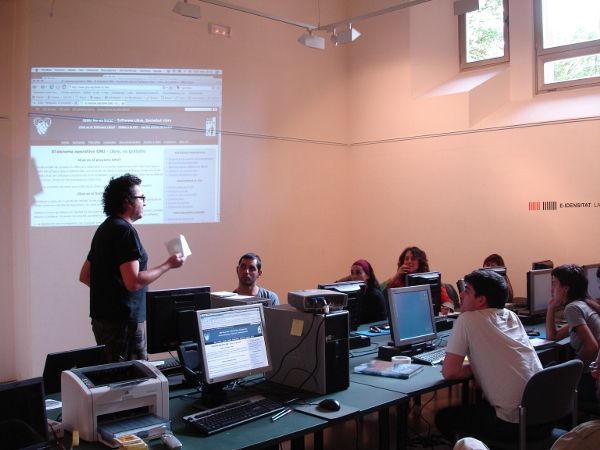 E-IDENSITAT. MEDIA LABORATORY
E-IDENSITAT. MEDIA LABORATORY
Daniel Garcia Andujar
This project was invited to take part in IDENSITAT 07, as an educational activity. The project consisted of different workshops in Manresa and Mataró, in order to generate a platform for dialogue and experiment with new communication media via Internet.
Under the title “Blogs for Projects”, the project developed a series of workshops about digital tools of communication of projects that existed in physical spaces. Different collectives and people were invited to provide the contents of a project, in order to discuss technology and communication processes. The first part of the workshop concentrated on the knowledge and use of digital tools and audiovisual media through free software, whereas the second part focused on working with contents. In the framework of the Leonardo project, the Ayuntamiento de Manresa, in collaboration with the Zukunftsbau GmbH, invited a group from Berlin to participate in the workshops. This resulted in the City at Glance-Signs of the City project.
CITY AT A GLANCE – Signs of the City
Images from: Keynan Dietrich, Elena Bergmann, Mercedes Peinemann, Madlen Nuthmann, Maurizio Lupo, Adrian Knabe, Tina Leonhardt Zukunftsbau GmbH y el Berlin Job Centres collaborated with the Manresa Municipality in order to develop a project within IDENSITAT`s framework. This allowed seven young people to travel to Manresa in May 2007, in order to carry out a photographic study of the urban space and take part in the E-IDENSITAT project. Media Laboratory. This intended to experiment with digital technologies, as well as to get in contact with experts of the local context. The elevated number of photos that the youngsters took in Berlin and Manresa put forward the differences and similarities in both cities. This exercise related to the IDENSITAT 07 theme, Home | Away.
Links to the projects:
http://berlin-manresa.blogspot.com/
http://elliinmanresa.blogspot.com/
http://berlin-barcelona.blogspot.com/
http://milkmeetscoffee.blogspot.com/
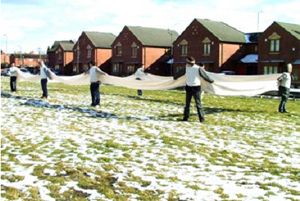
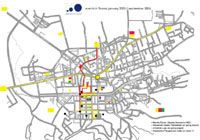
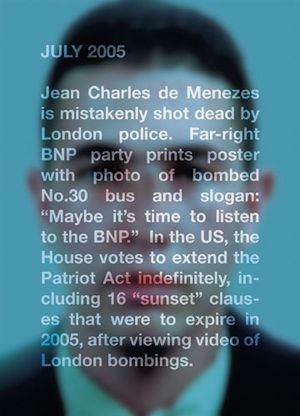
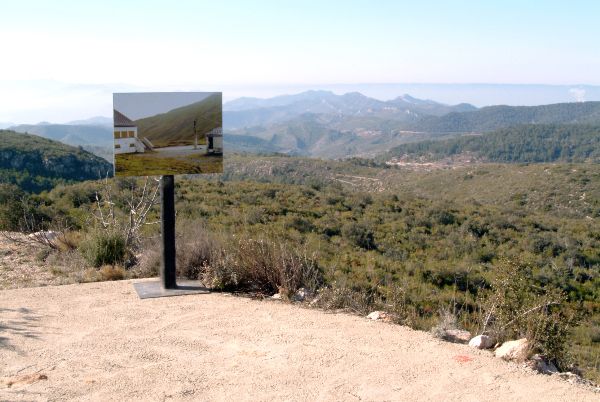 BOUNDARIES PRIORAT
BOUNDARIES PRIORAT 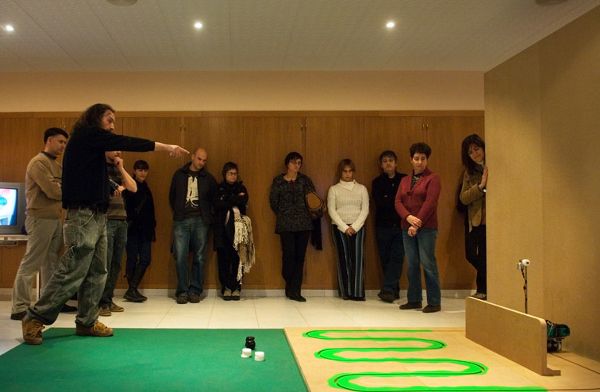 PETANQUE ELECTRONIQUE
PETANQUE ELECTRONIQUE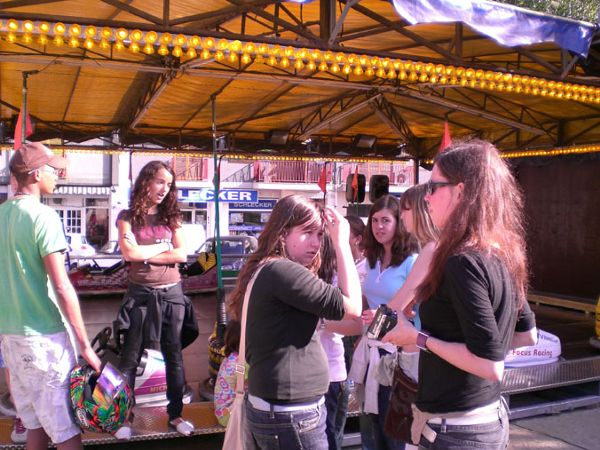 PROPERA.
PROPERA.  E-IDENSITAT. MEDIA LABORATORY
E-IDENSITAT. MEDIA LABORATORY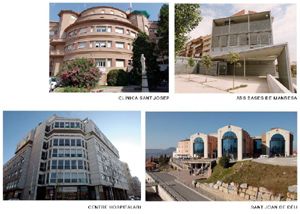
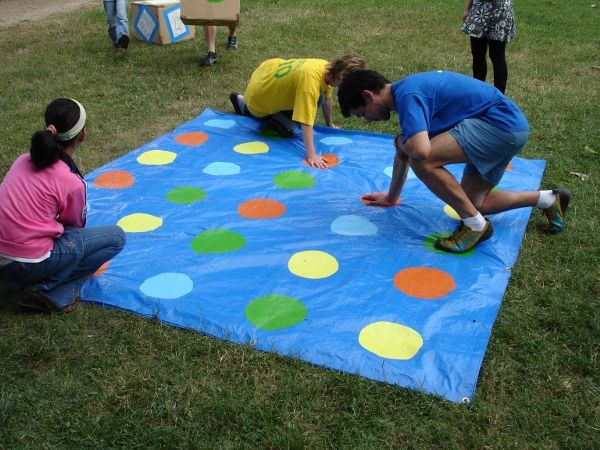 DE LA CALLE F.C.
DE LA CALLE F.C.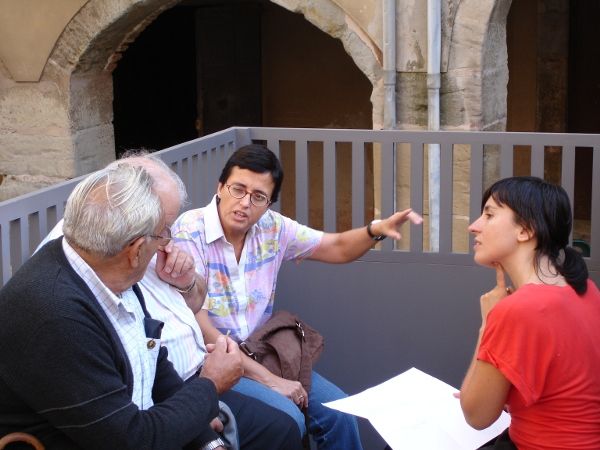 OBJECTES D'INTERPRETACIÓ ESPAIAL
OBJECTES D'INTERPRETACIÓ ESPAIAL 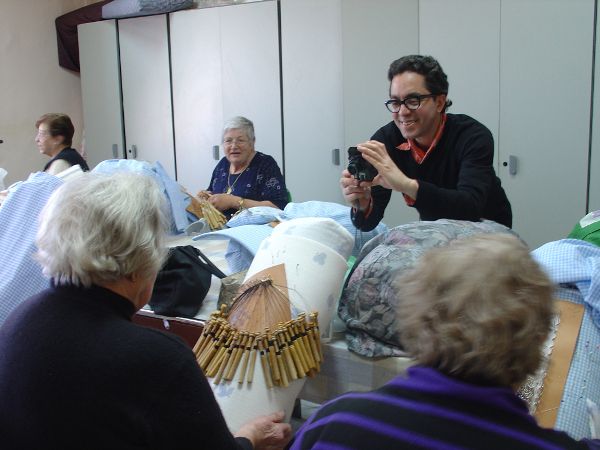 PLEASED TO MEET YOU
PLEASED TO MEET YOU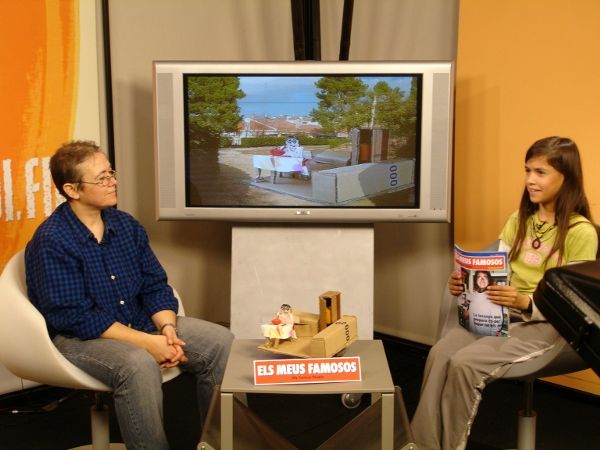 MY FAMOUS PEOPLE
MY FAMOUS PEOPLE